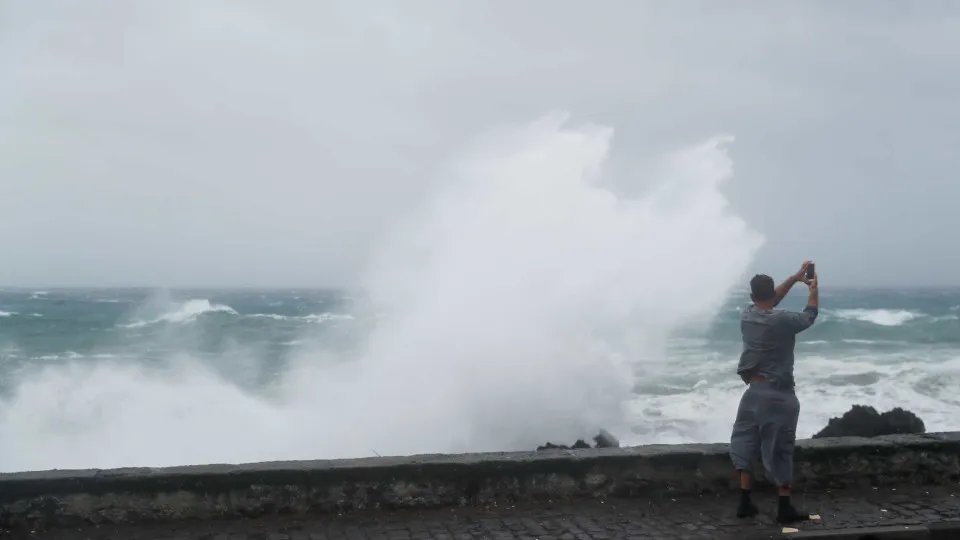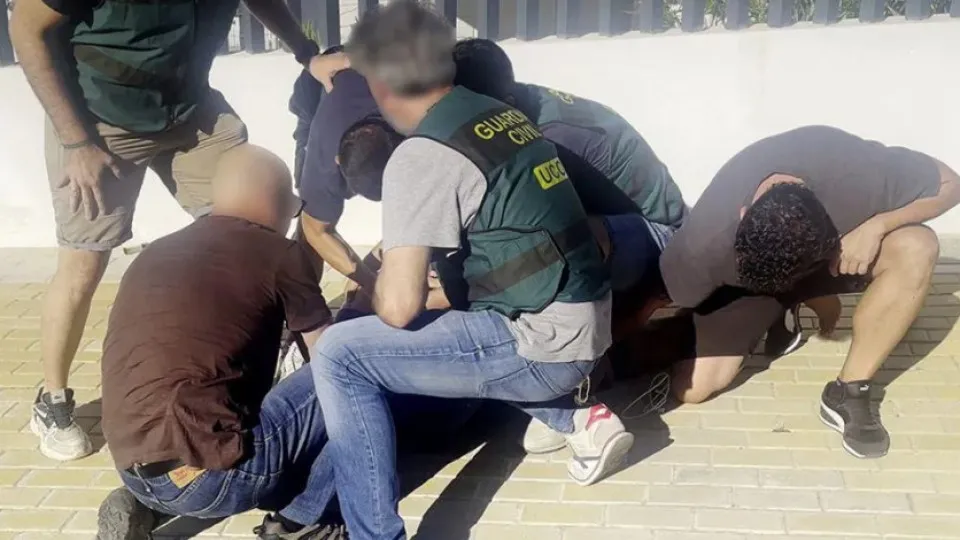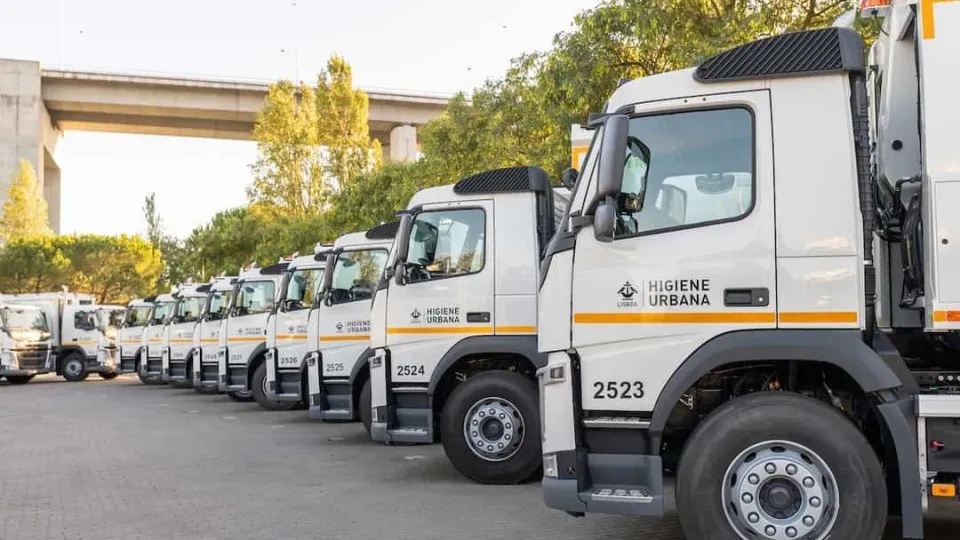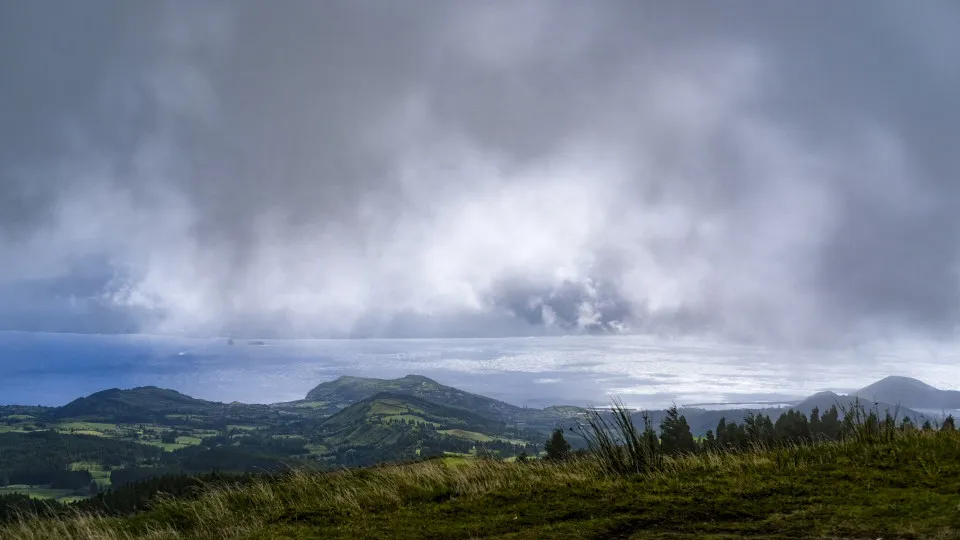
“The island experiencing the most intense wind gusts is Faial, with the strongest recorded at 123 kilometers per hour at 02:10 local time [an hour later in Lisbon],” stated meteorologist Rita Mota from the Azores Regional Delegation of the Portuguese Institute of Sea and Atmosphere (IPMA) in Ponta Delgada, São Miguel, to the Lusa news agency at around 03:00 local time.
Regarding precipitation, Mota highlighted that “the highest accumulated values have been recorded on Graciosa island.”
“So far, the highest accumulated hourly value is 21 millimeters, recorded between 01:00 and 02:00,” she disclosed.
Mota noted that the islands of Faial and Pico are experiencing “slightly less” precipitation; however, the populations should “remain attentive to guidance from the Civil Protection Service” in terms of wind.
“In terms of precipitation, the northernmost islands in the Central group [Pico, Faial, Graciosa, Terceira, and São Jorge] need to exercise some caution, especially Graciosa and Terceira. From 06:00 to 09:00, winds should start to diminish on Faial, Pico, and São Jorge, but slightly increase on Graciosa and Terceira,” she specified.
For the Western group (Flores and Corvo islands), “due to a trajectory adjustment more towards the south-southeast, they have not been as affected” by the wind.
“There have been brief periods of more intense precipitation, but it hasn’t escalated beyond that, and improvement is expected in the coming hours,” she added.
The Central group should “exercise some caution” during the early morning, but indications show “improvements” by the morning starting with Faial and Pico, followed by Graciosa and Terceira.
Mota admitted that concerns should remain “especially in the Central group” until 09:00 local time.
“Do not rule out a slight increase in wind intensity in the Eastern group [São Miguel and Santa Maria], especially on São Miguel island, between 06:00 and 09:00,” she added.
The tropical cyclone Gabrielle impacting the Azores has been downgraded from a Category 1 hurricane to a post-tropical depression, according to IPMA.
“The phenomenon previously known as hurricane Gabrielle has lost some of the characteristics that defined it as a hurricane. Currently, the most accurate designation is a post-tropical cyclone,” meteorologist Tânia Viegas from IPMA’s Azores Regional Delegation, also in Ponta Delgada, told Lusa early in the morning.
However, she noted, “this does not necessarily mean—valid in this case—that it has lost intensity or that wind gusts will decrease.”
The tropical cyclone Gabrielle began affecting the Azores around 22:00 local time on Thursday, and the IPMA forecasts the “most critical period” to be during the night.
The islands in the Central (Pico, Faial, Graciosa, Terceira, and São Jorge) and Western (Flores and Corvo) groups remain under a red warning—the most severe on a three-tier scale—due to predictions of precipitation, wind, and maritime agitation.
The Regional Government declared an alert status until 18:00 on Friday for the Central and Western groups, prohibiting certain activities.
Non-essential public services, including schools, have also been closed on these islands.




